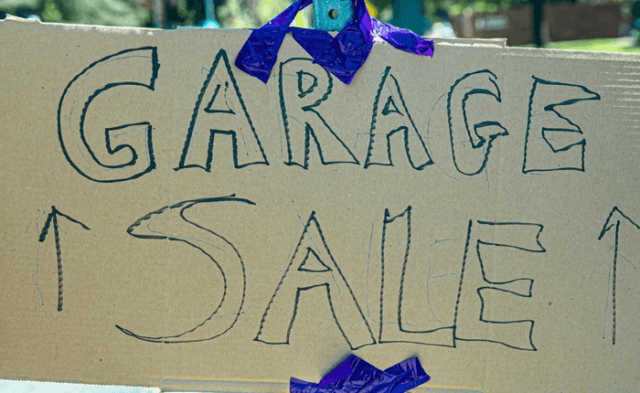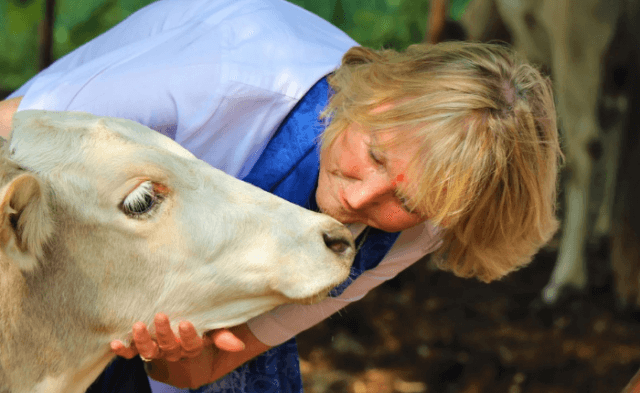Twenty-five years ago, millions of people watching the Belmont Stakes were horrified to see the favorite, a beautiful chestnut colt named Charismatic, fracture a leg in the home stretch at the 1999 Belmont Stakes. Charismatic had already won the Kentucky Derby and the Preakness Stakes and was predicted by many to win the coveted Triple Crown with a victory at Belmont Park.
The colt was sent to surgery and numerous screws were placed in his bones to hold them together.
Since then, too many in racing still haven’t gotten the memo that the public cares about the wellbeing of horses. These concerns are heightened by the horrifying fatalities, including 14 in 2023 at Saratoga Race Course, where the Belmont Stakes will be held this year. When New York Thunder’s leg snapped in front of the grandstand last year, some people in the crowd were so traumatized they got up and walked out of the track, vowing they were done with racing.
Despite this public relations crisis last year, the horse fatality rate has gone up 50% in New York through the first five months of 2024.
But there are scientifically proven ways to mitigate the risks. To start with, trainers must change their modus operandi of training horses hard, racing them often and dismissing concerns about horses’ soundness.
The regulators must be alert: Horses subjected to grueling racing and training schedules (as was Charismatic), who are known to have been injured, and who have had unaccounted-for periods of rest — which is often an indication of injury — should trigger additional scrutiny. Track veterinarians must thoroughly review the racing and training records of every horse entered in a race.
With today’s technology, a comprehensive CT scan examination can detect preexisting injuries. And the racing industry itself has consistent and overwhelming data confirming that synthetic track surfaces have a much lower death rate than dirt tracks like the one at Saratoga. These sensible measures represent the bare minimum that the racing industry should embrace.
But the industry is slow to learn from its mistakes, which is perhaps why horse racing in the U.S. is heading toward oblivion: The betting handle in the U.S. has been stagnant for three decades, and when adjusted for inflation has fallen precipitously. In 2023, the number of thoroughbred foals born was half what it was 20 years ago.
Dozens of tracks have shuttered nationwide, and many more would have closed but for the injection of cash generated by the placement of slot machines or video lottery terminals in or near the tracks. In New York, for example, the 11 thoroughbred and standardbred tracks annually enjoy $230 million in video lottery terminal subsidies — and return just $10 million to the state in pari-mutuel wagering taxes.
Charismatic’s injury was accepted at the time as a tragic accident resulting from what the racing industry calls an unfortunate “bad step.” We know now this wasn’t just rotten luck but something that was, and still is, appallingly routine. The racing industry knows how to mitigate these breakdowns. If it doesn’t, it may just be one “bad step” away from being buried for good.





